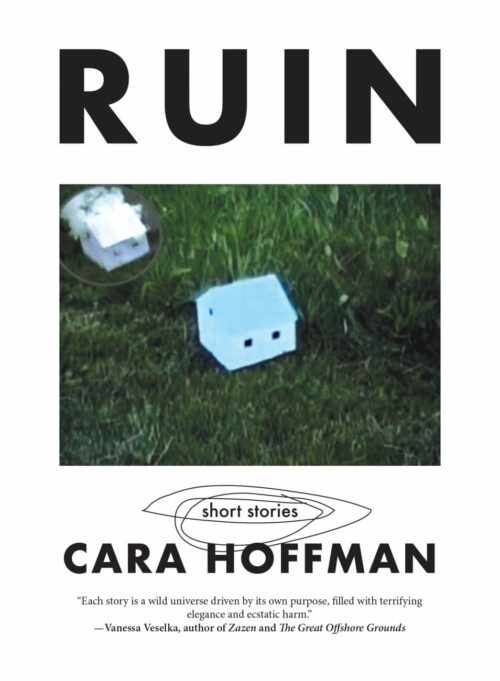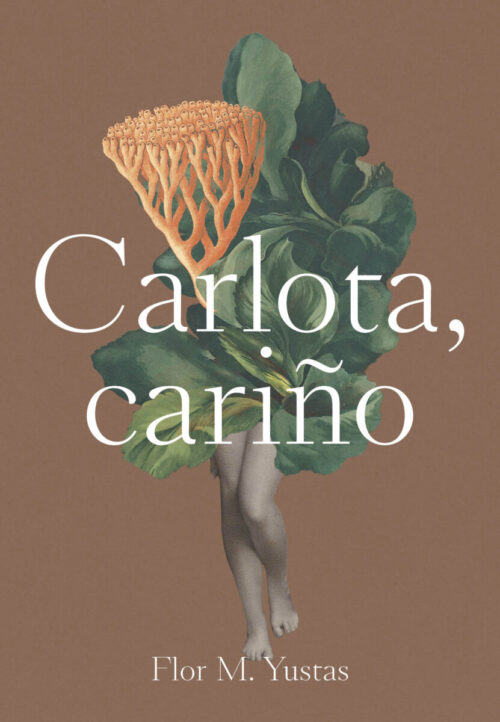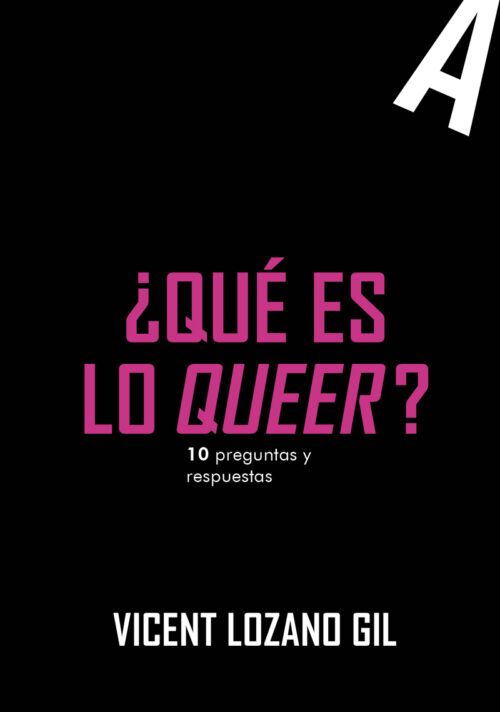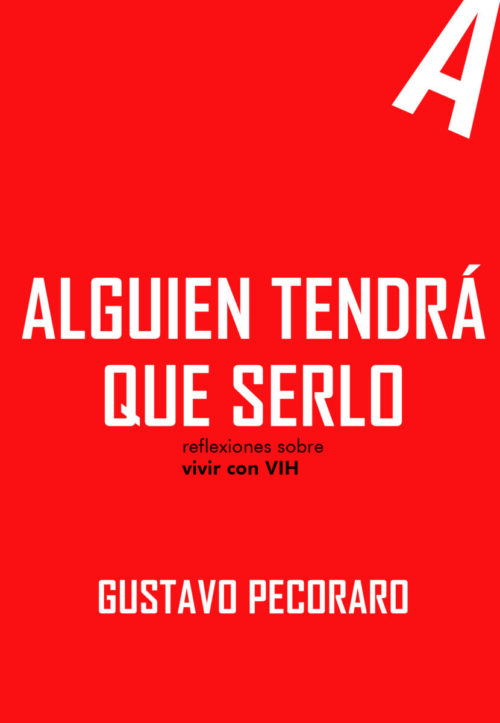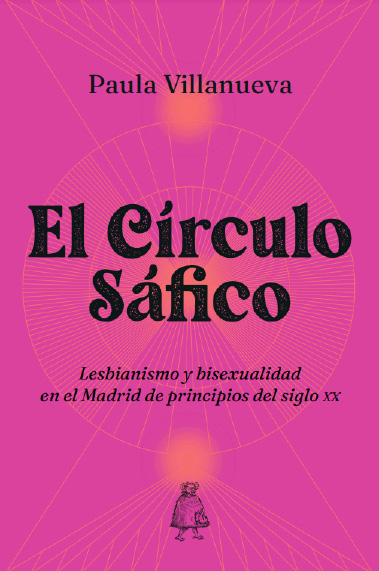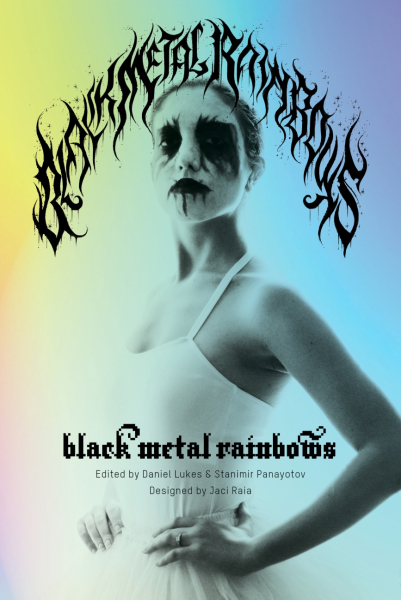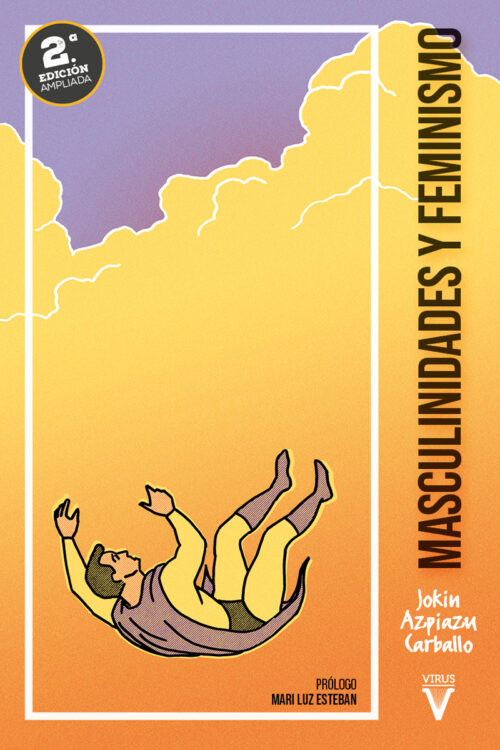-
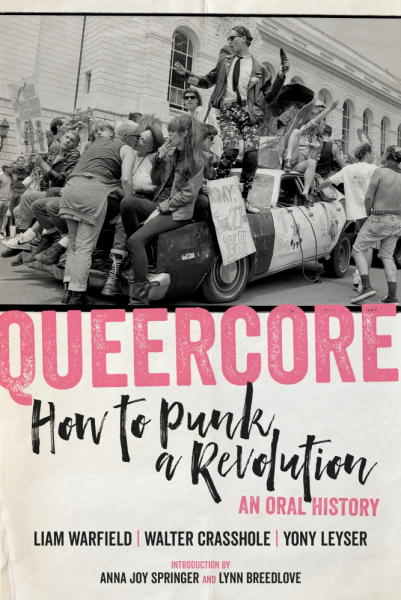 <p><em>Queercore: How to Punk a Revolution: An Oral History</em> is the very first comprehensive overview of a movement that defied both the music underground and the LGBT mainstream community. Through exclusive interviews with protagonists like Bruce LaBruce, G.B. Jones, Jayne County, Kathleen Hanna of Bikini Kill and Le Tigre, film director and author John Waters, Lynn Breedlove of Tribe 8, Jon Ginoli of Pansy Division, and many more, alongside a treasure trove of never-before-seen photographs and reprinted zines from the time, <em>Queercore </em>traces the history of a scene originally “fabricated” in the bedrooms and coffee shops of Toronto and San Francisco by a few young, queer punks to its emergence as a relevant and real revolution.</p> <p><em>Queercore </em>is a down-to-details firsthand account of the movement explored by the people that lived it—from punk’s early queer elements, to the moment that Toronto kids decided they needed to create a scene that didn’t exist, to Pansy Division's infiltration of the mainstream, and the emergence of riot grrrl—as well as the clothes, zines, art, film, and music that made this movement an exciting middle finger to complacent gay and straight society.</p> <p><em>Queercore </em>will stand as both a testament to radically gay politics and culture and an important reference for those who wish to better understand this explosive movement.</p>
<p><em>Queercore: How to Punk a Revolution: An Oral History</em> is the very first comprehensive overview of a movement that defied both the music underground and the LGBT mainstream community. Through exclusive interviews with protagonists like Bruce LaBruce, G.B. Jones, Jayne County, Kathleen Hanna of Bikini Kill and Le Tigre, film director and author John Waters, Lynn Breedlove of Tribe 8, Jon Ginoli of Pansy Division, and many more, alongside a treasure trove of never-before-seen photographs and reprinted zines from the time, <em>Queercore </em>traces the history of a scene originally “fabricated” in the bedrooms and coffee shops of Toronto and San Francisco by a few young, queer punks to its emergence as a relevant and real revolution.</p> <p><em>Queercore </em>is a down-to-details firsthand account of the movement explored by the people that lived it—from punk’s early queer elements, to the moment that Toronto kids decided they needed to create a scene that didn’t exist, to Pansy Division's infiltration of the mainstream, and the emergence of riot grrrl—as well as the clothes, zines, art, film, and music that made this movement an exciting middle finger to complacent gay and straight society.</p> <p><em>Queercore </em>will stand as both a testament to radically gay politics and culture and an important reference for those who wish to better understand this explosive movement.</p> -
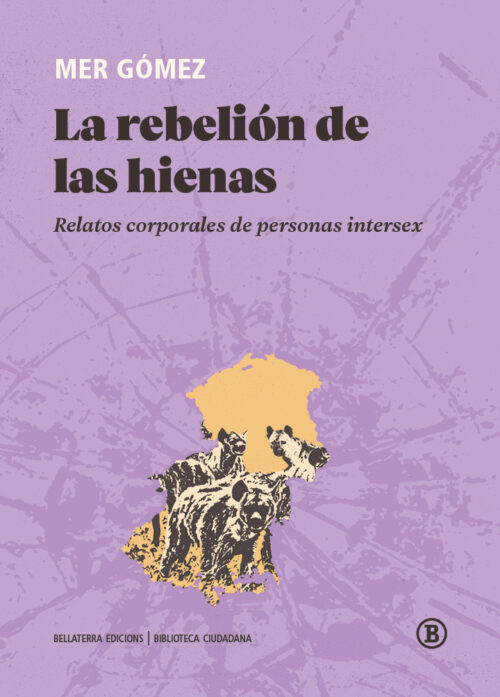 <p>Un viaje autobiográfico hacia el encuentro de referentes intersex para iniciar una revolución. Los relatos de sus protagonistas nos muestran la construcción de una identidad colectiva en la búsqueda de un presente/futuro de libertad y con derechos.</p> <p>Castellón, 2016. Nace Lola. La actriz protagonista. Sale a escena. Y va rompiendo, poco a poco, su silencio. Viaja, en busca de referentes. La primera hermafrodita a caballo está ahí, aguardando en Barcelona. A orillas del Mediterráneo aparece otra: la Melero. Una repentina llamada la lleva a Galicia, junto a la vallista del COI. Ansiosa, emigra. Instalada en Valencia se encuentra, inesperadamente, con una chiqueta del Cabanyal. Vive sus catarsis. En Logroño, baila junto a otra de las machorras.</p> <p>Pierde el rumbo. Descubre una brújula intersexual situada en un punto de México. Siguiente destino: País Vasco. En el pupitre de al lado se sienta la Kollontai del siglo xxi. Desde Madrid, irrumpe con fuerza la voz de una señora bien y fetén. Mientras tanto, un ave fénix extrabinarie atraviesa el cielo gris de Bizkaia. Y, entonces, pone cara al holograma del documental <em>No box for me</em>.</p> <p>¿Qué falta? Descubrir a un notas del distrito sur de Sevilla. Volver a casa. Conversar con las dos que faltaban. Parar. En Salamanca, escribe y performa. Lola se empodera y Mer se desarmariza. Por fin, ha encontrado una familia intersex. Toca defenderse, cacarear bien alto. ¿Te unes a la rebelión de las hienas?</p>
<p>Un viaje autobiográfico hacia el encuentro de referentes intersex para iniciar una revolución. Los relatos de sus protagonistas nos muestran la construcción de una identidad colectiva en la búsqueda de un presente/futuro de libertad y con derechos.</p> <p>Castellón, 2016. Nace Lola. La actriz protagonista. Sale a escena. Y va rompiendo, poco a poco, su silencio. Viaja, en busca de referentes. La primera hermafrodita a caballo está ahí, aguardando en Barcelona. A orillas del Mediterráneo aparece otra: la Melero. Una repentina llamada la lleva a Galicia, junto a la vallista del COI. Ansiosa, emigra. Instalada en Valencia se encuentra, inesperadamente, con una chiqueta del Cabanyal. Vive sus catarsis. En Logroño, baila junto a otra de las machorras.</p> <p>Pierde el rumbo. Descubre una brújula intersexual situada en un punto de México. Siguiente destino: País Vasco. En el pupitre de al lado se sienta la Kollontai del siglo xxi. Desde Madrid, irrumpe con fuerza la voz de una señora bien y fetén. Mientras tanto, un ave fénix extrabinarie atraviesa el cielo gris de Bizkaia. Y, entonces, pone cara al holograma del documental <em>No box for me</em>.</p> <p>¿Qué falta? Descubrir a un notas del distrito sur de Sevilla. Volver a casa. Conversar con las dos que faltaban. Parar. En Salamanca, escribe y performa. Lola se empodera y Mer se desarmariza. Por fin, ha encontrado una familia intersex. Toca defenderse, cacarear bien alto. ¿Te unes a la rebelión de las hienas?</p>


